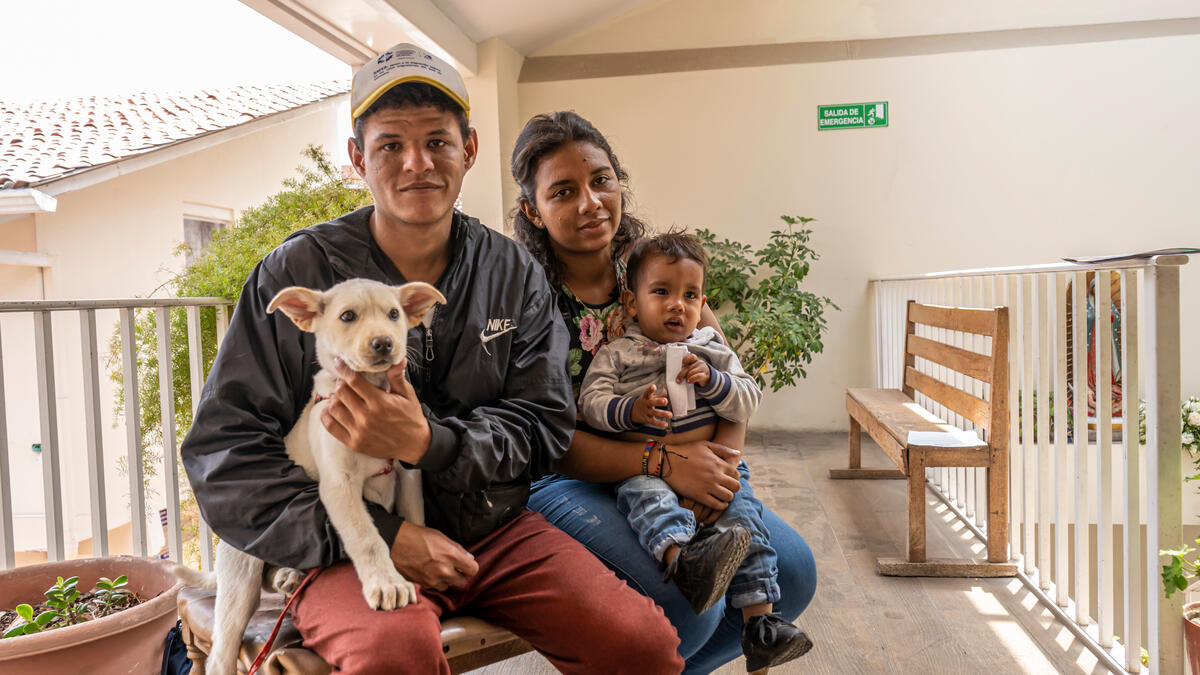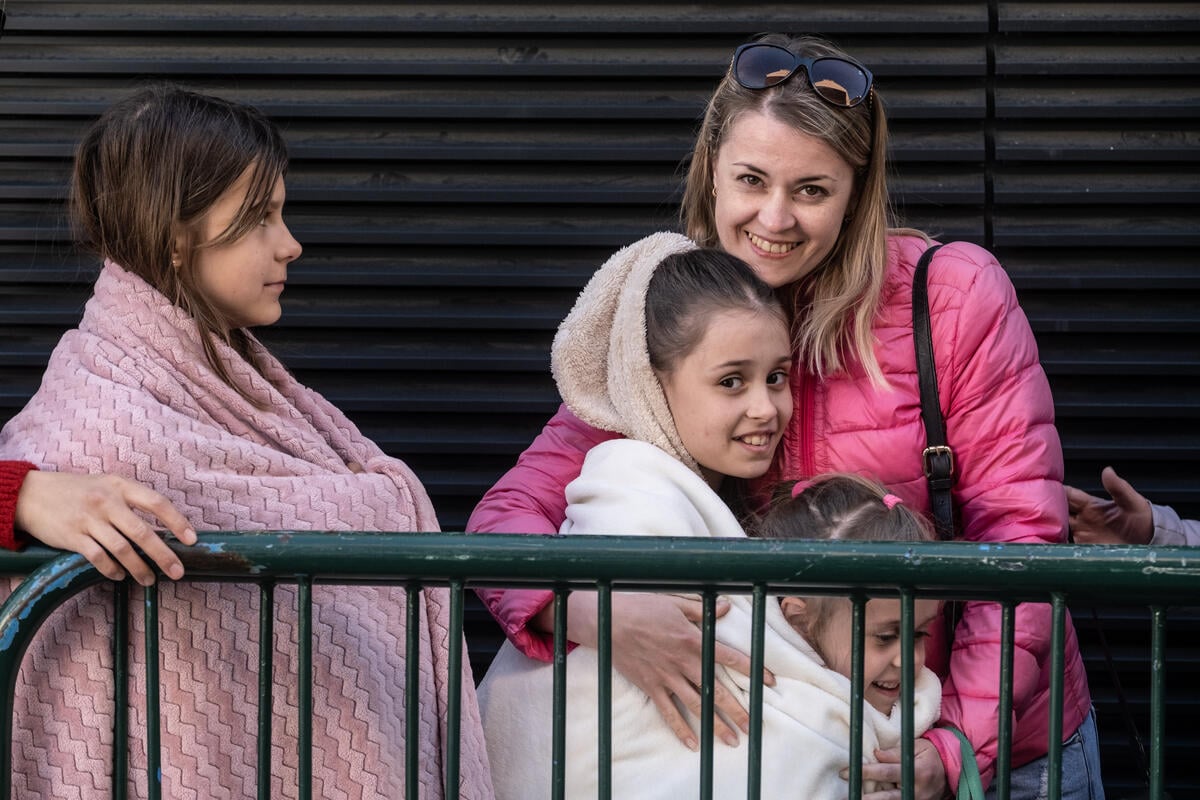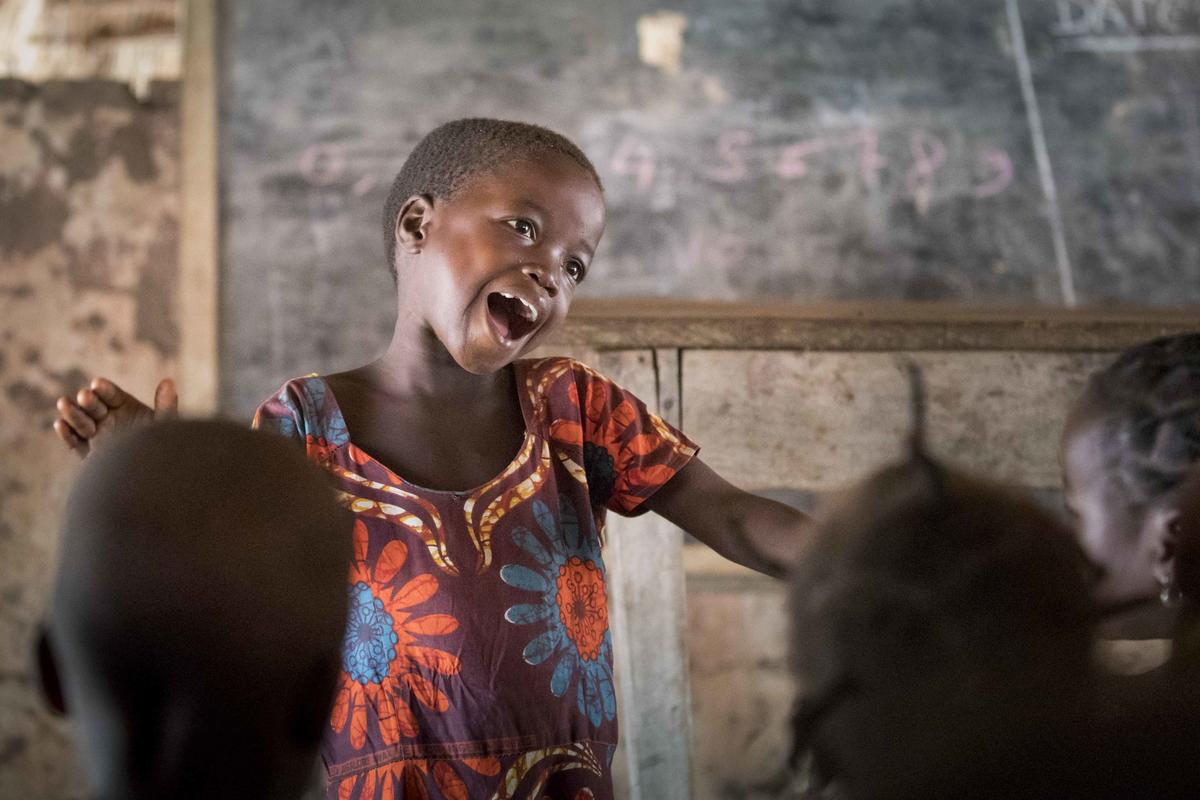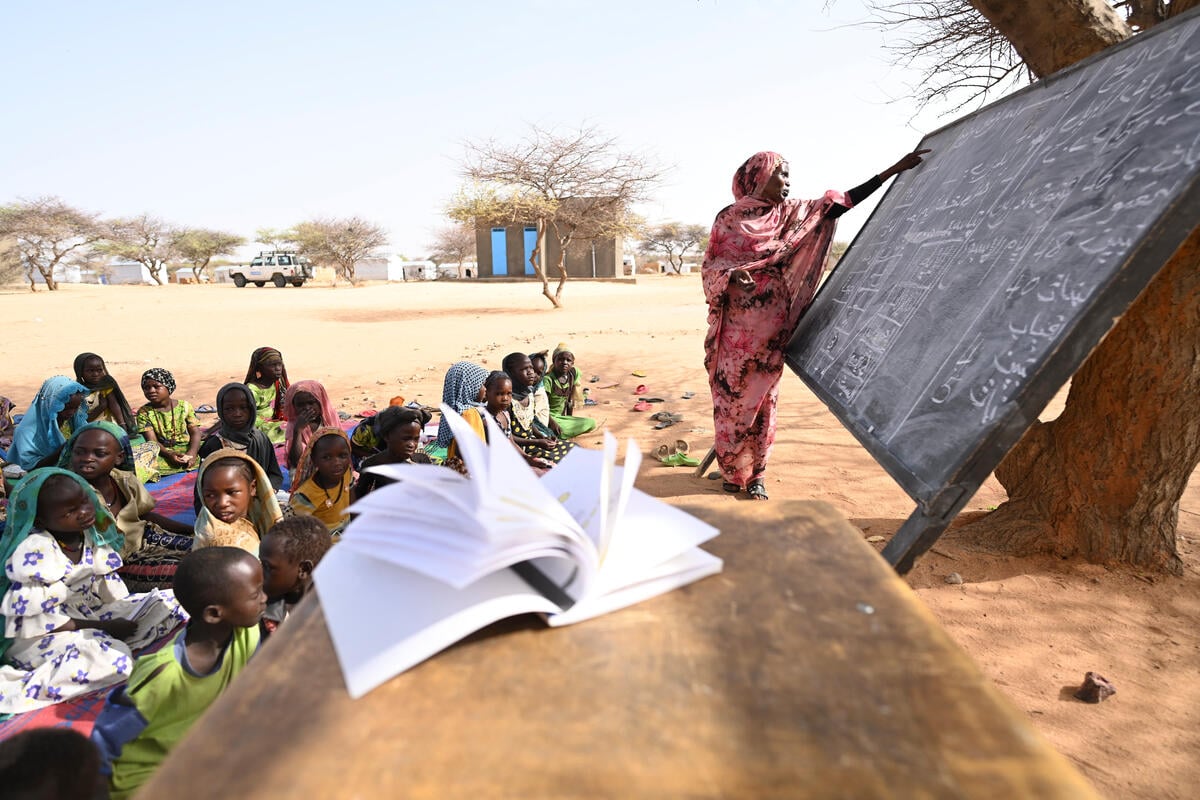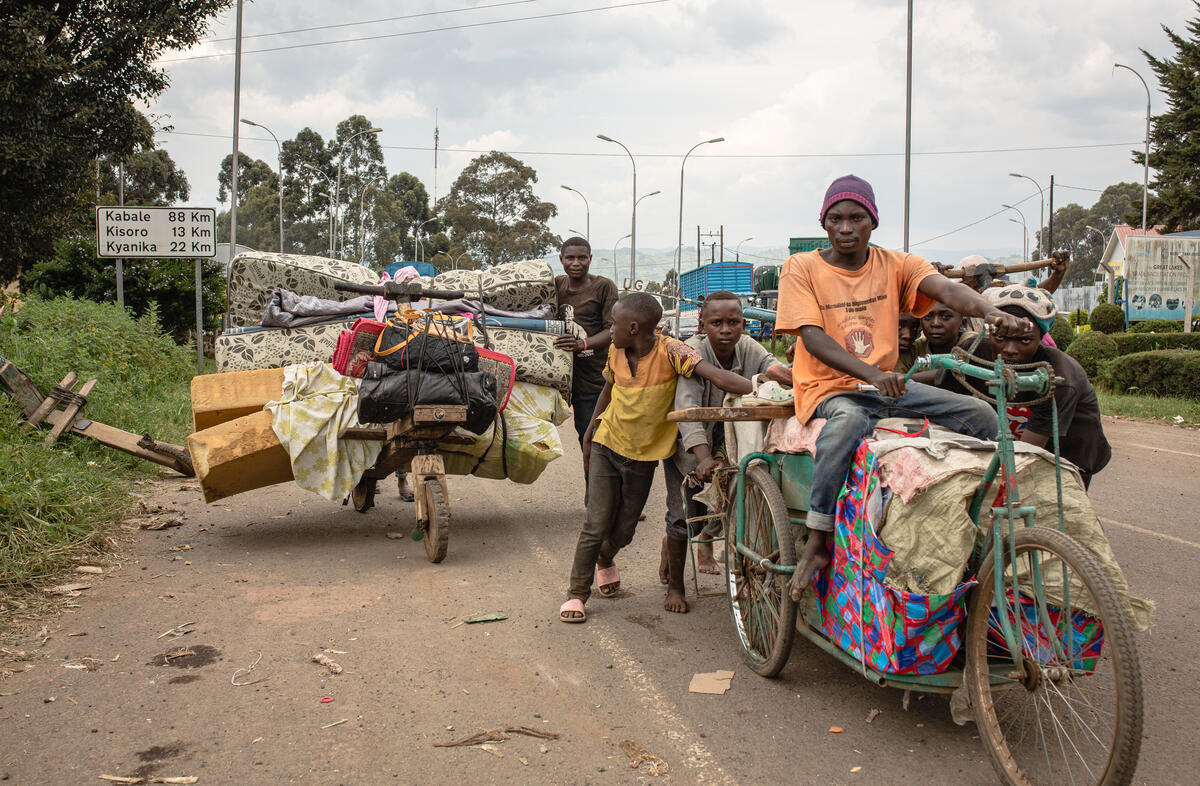A school where displacement, not discipline, is the biggest problem
A school where displacement, not discipline, is the biggest problem

QUIBDÓ, Colombia, July 21 (UNHCR) - At first sight, Pedro Grau School looks like any other educational establishment. Students play football during recess, bells announce the start of classes, and lunch hour brings the usual high decibel levels. But Pedro Grau is located in the department of Chocó, on the Atrato River in the jungle of north-western Colombia. Chocó is the poorest and one of the most isolated regions in the country. It is also a key route for smuggling.
In the past three years, the area has witnessed some of the fiercest fighting in the 40-year struggle between irregular armed groups and Colombia's military that has marred the lives of millions of Colombians. Too often, children are the innocent victims. More than one million Colombian children have had to flee their homes with their families; some 300,000 of these displaced children do not have access to the national education system.
Fully 93 percent of the 587 students at Pedro Grau School are internally displaced. The school opened three years ago in the La Gloria neighbourhood of Quibdó, where many of the internally displaced from the Atrato River towns have settled. UNHCR contributed financially to its construction and is now taking an active part, along with the diocese and other UN agencies, in the running of the school.
Through its Pedagogy and Protection Project, the refugee agency is helping to train teachers in how to deal with the special problems of displaced children, most of whom have suffered tremendous psychological trauma and knew little but violence, death and displacement before arriving here.
"The reality that these children have lived through became very concrete for us during the training," says Yesenia Córdoba, one of the 80 teachers at Pedro Grau who have benefited from the programme. "Sometimes their pain manifests itself through tears, while others are full of rage and they become aggressive toward their classmates."
Evernis Rumania Caisedo vividly remembers the attack on the church in the town of Bellavista, a four-hour boat ride from Quibdó, which killed 117 civilians, many of them children, in May 2002.
"We were in our house and started to go to the church because we thought we would find security and salvation there," the 17-year-old student says in an even tone, "but the paramilitaries made us turn back. At that very moment we heard the explosion that would kill so many people."
She remembers people running and screaming along the flooded streets of the town - the Atrato River, as frequently happens, had overflowed its banks - and hiding in a house with her family until they could walk to the dock, waving a white flag. The family escaped aboard one of the wooden piraguas that normally ply the river with goods and passengers. Though short, the trip downriver was hard, with injured people moaning and everyone forced to row with their hands.
Sister Janet Moreno, the school's Principal, says the effects of trauma such as that experienced by Evernis can manifest themselves at the most unexpected moments.
"We have seen students run out of biology classes because seeing designs of the human body reminded them of the violence they witnessed. In many cases, the drawings brought back memories of decapitated family members, or recollections of how they had found themselves running holding an arm or a hand belonging to a parent."
The UN refugee agency developed its Pedagogic and Protection Project to help teachers address the needs of children like Evernis. This year alone, 1,200 teachers have been trained across Colombia under the programme, which is run by Corporación Opción Legal, a Colombian non-governmental organisation. Since its inception five years ago, some 4,000 teachers have benefited from the training. With so many displaced children, the project is considered a key part of UNHCR's work in Colombia.
"In keeping with our mandate, we want schools to be a place of safety," says Luisa Cremonese, Head of Programme for UNHCR in Colombia. "The aim is to create schools that welcome and protect displaced children."
In Quibdó, the project has grown beyond all expectations and is helping an increasing number of students. In addition to the Pedro Grau High School, there are 10 primary schools in the town with 450 students, each run by the Catholic diocese with help from international organizations and the Colombian government. Little by little, displaced children are being helped back to a normal life.
"The first year the school existed, we had 117 students and everyone, absolutely everyone, was carrying weapons," Sister Morena remembers. "They have a great mistrust of the adult world, and being armed gives them a sense of protection."
Since then, the school has been running a programme to exchange weapons - knives, nail cutters, scissors, plastic guns - for a book, a pencil or a toy.

Leide Martinez de Diego, 17, is one of the few students at Pedro Grau who was not forced to leave her home because of the fighting. A resident of Quibdó, she has learned more about the internally displaced than most Colombians.
"Society discriminates against the internally displaced, perhaps because society does not know how to deal with them," she said. "People think they have come to kill or steal. In school we have been taught that the displaced are not to be blamed, that they are normal persons like we are."
By Eduardo Cue in Quibdó, Colombia


